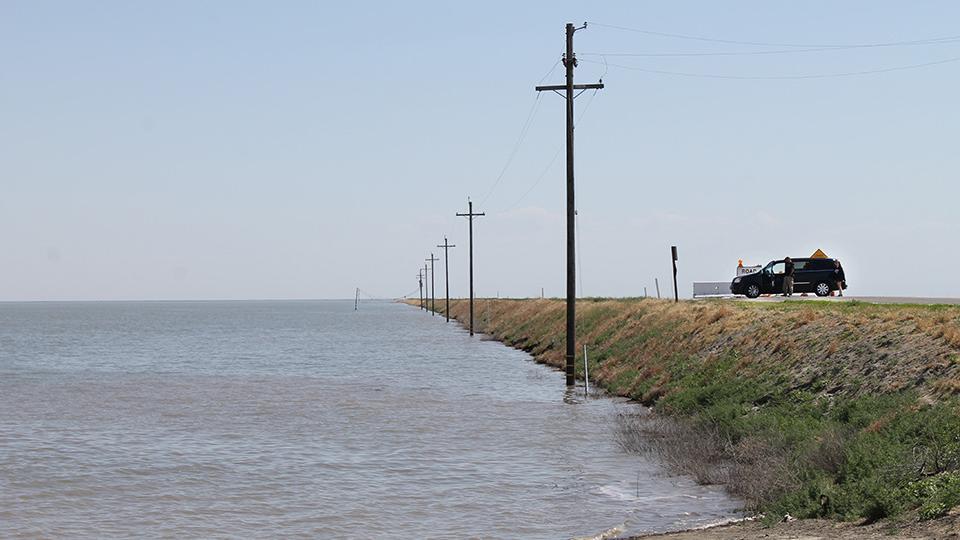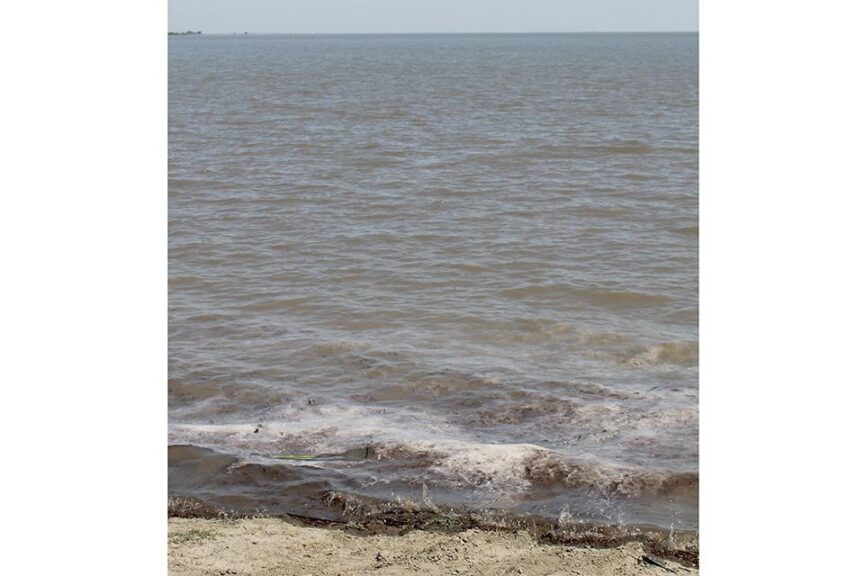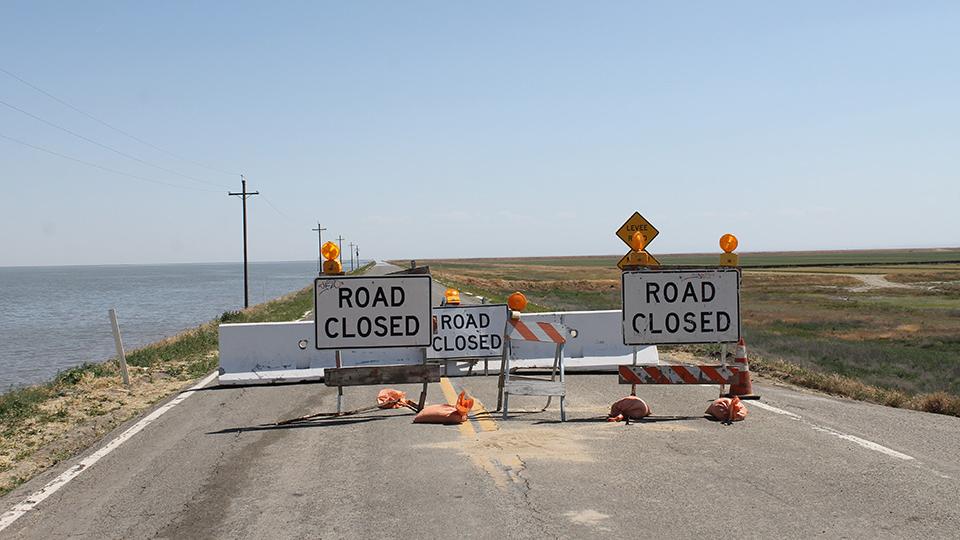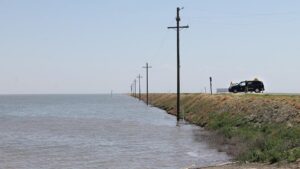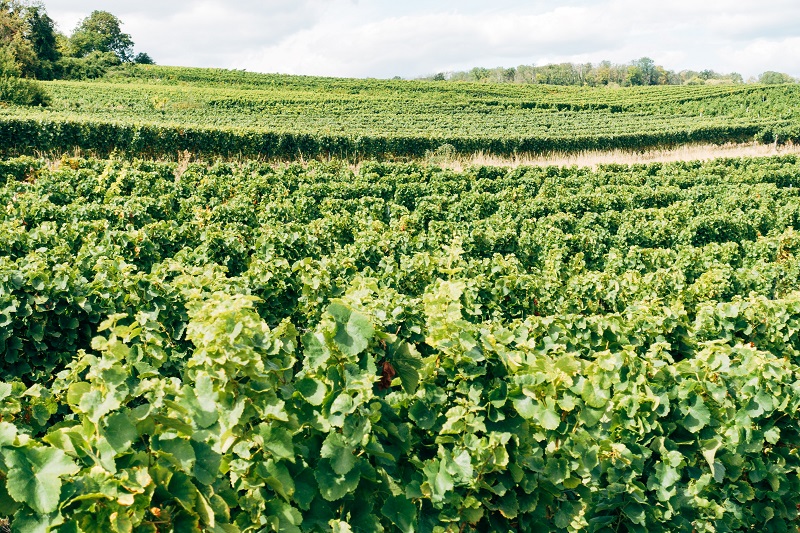California Nut Producers Seeing Water, Water Everywhere — For Now
It can safely be said that members of the most recent generation of growers of the “Big Three” California nut crops never thought they would utter these two words when it came to water: “That’s enough.” Much less these three: “That’s too much.”
But those were two typical responses to the 2023 State of the Fruit and Nut Industry survey from nut growers when queried about the state’s massive precipitation totals this past winter/spring. It is understandable because it has been a long time since growers have dealt not with drought, but floods.
The lack of water in recent years has been felt acutely by growers of almonds, pistachios, and walnuts as they have enjoyed astronomical growth these past couple of decades to the point that, according to the latest statistics from the California Department of Food and Agriculture, each now exceeds an astounding $1 billion in value.
Almonds still lead the way at more than $5 billion, but pistachios, the youngest large-scale major U.S. crop, are closing fast with $3 billion and climbing.
A BLESSING, BUT…
First, some growers sustained damage because the drought ended this past winter with such ferocity.
“Rain in our region is always a great thing but for this it was a little too much of a good thing,” says one California grower.
And this from an almond/walnut/pistachio grower: “The rain is a blessing, but with it came flooding of some fields. Some flood-damaged orchards may need to be replanted.”
The problem with California’s good fortune this past winter is a lot of the water simply flows out to the ocean for lack of storage. THAT was what most growers emphasized, emphatically: “Wonderful,” says one about the heavy winter precipitation, “just needed to capture more of it with more water storage infrastructure instead of sending it back to the ocean.”
The issue of water storage was raised by many growers, such as this typical response from an almond grower: “The rain is a blessing. We will have irrigation water and some recharged soils. However, the lack of structure to hold the water for future use is disheartening.”




